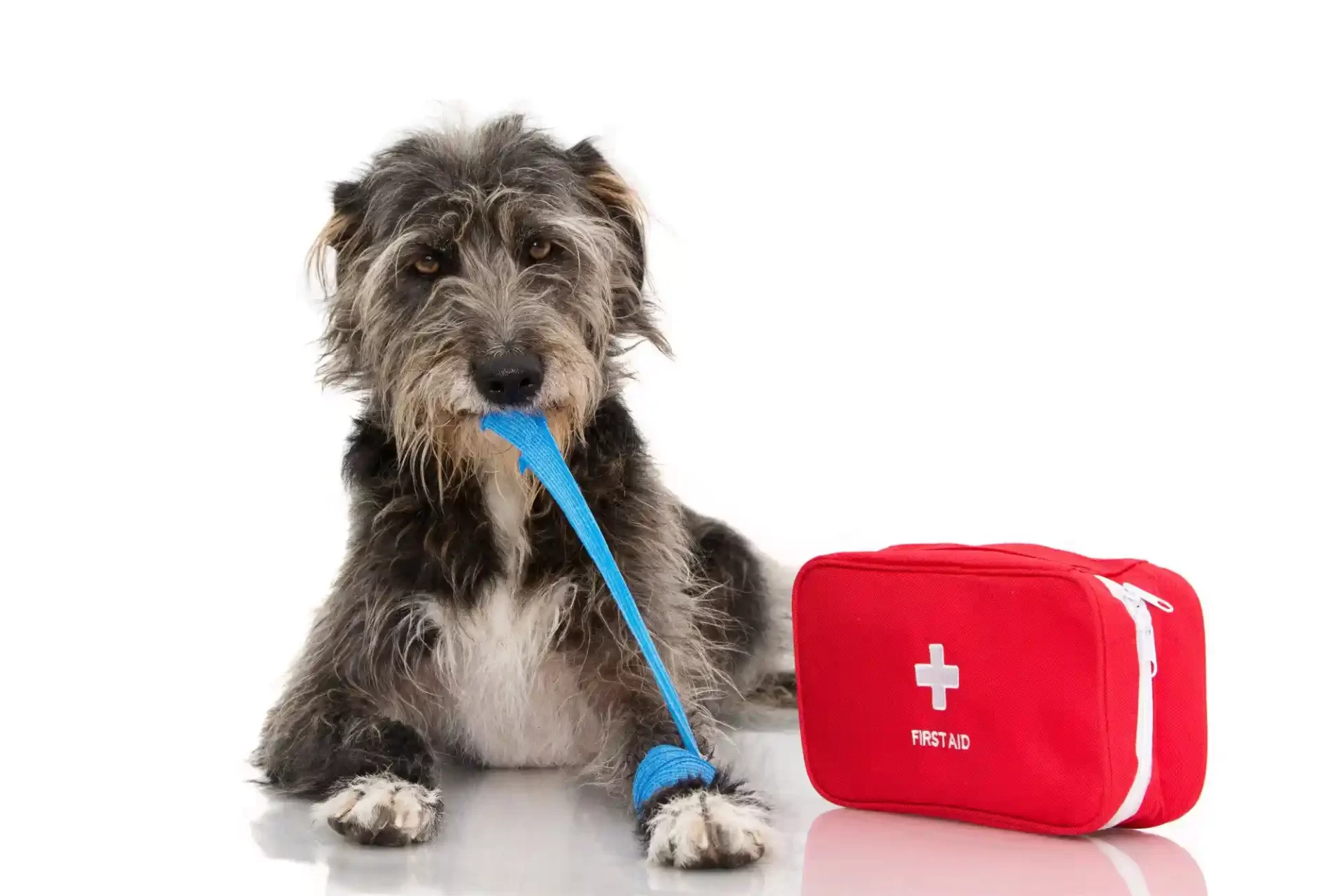Our furry companions hold a special place in our hearts. Their safety and well-being are of utmost importance.
Accidents and emergencies can happen. Knowing how to perform puppy CPR can be the difference between life and tragedy.
In this guide, we’ll walk you through the essential steps of administering this technique. With these, you can be prepared to act in case of an emergency.
Recognizing the Need for CPR
CPR for pets, or cardiopulmonary resuscitation, is a life-saving technique that can help maintain blood circulation and provide oxygen to a pet’s brain and vital organs when their heartbeat or breathing stops. Learning how to perform this can be invaluable for pet owners. It can increase the chances of survival during emergencies such as choking, drowning, or cardiac arrest.
Before you can perform it, you need to recognize when it’s necessary. Common signs that may indicate a puppy needs CPR include unconsciousness, lack of breathing, no heartbeat, or choking. If you encounter any of these situations, it’s crucial to act quickly and confidently.
Steps to Administer Puppy CPR
Performing CPR involves a combination of rescue breaths and chest compressions. Here’s a step-by-step guide to help you administer CPR to your furry friend.
Check for Responsiveness
Begin by gently tapping or calling your puppy’s name to check if they are responsive. If they don’t respond, proceed next steps.
Ensure that the puppy’s airway is clear of any obstructions. If there is an object blocking the airway, try to remove it carefully.
Place your ear close to the puppy’s nose and mouth to listen for breathing. Look for chest movements, which indicate breathing. If there is no breathing, start CPR.
Begin Chest Compressions
Lay your puppy on a flat, firm surface with their right side down. Position your hands over the widest part of their ribcage, just behind their front legs. Using both hands, apply gentle pressure to compress the chest about 1 inch deep at a rate of 100-120 compressions per minute.
After 30 chest compressions, give two rescue breaths. Cover your puppy’s nose and mouth with your mouth and exhale until you see the chest rise. Ensure that each breath is enough to make the chest rise visibly.
Alternate between 30 chest compressions and two rescue breaths. Do this until your puppy starts breathing on their own, shows signs of consciousness, or you reach out to a veterinarian for further guidance.
Seeking Veterinary Care
Puppy CPR can be life-saving. But, it’s essential to seek immediate veterinary care after administering CPR. Even if your puppy appears to have recovered, they may still require professional evaluation. They may need additional treatments to address the underlying cause of the emergency.
CPR Certification for Pet Owners
Learning CPR is a valuable skill for pet owners, and it’s worth considering obtaining CPR certification. A CPR certification course will provide you with comprehensive training in pet first aid and CPR techniques.
These courses are often available through local animal organizations, veterinary clinics, or online platforms; visit website to know more information. By becoming certified, you’ll gain the knowledge and confidence to act swiftly and effectively during emergencies, potentially saving your furry friend’s life.
Saving Your Fur Baby’s Life
Being prepared to perform puppy CPR is an essential skill for any pet owner. By keeping all these in mind, you can provide life-saving assistance to your beloved companion during critical moments. Remember that in emergencies, time is of the essence, so don’t hesitate to take action and seek professional veterinary care afterward.
If you think this article is helpful, check out our other blogs!




